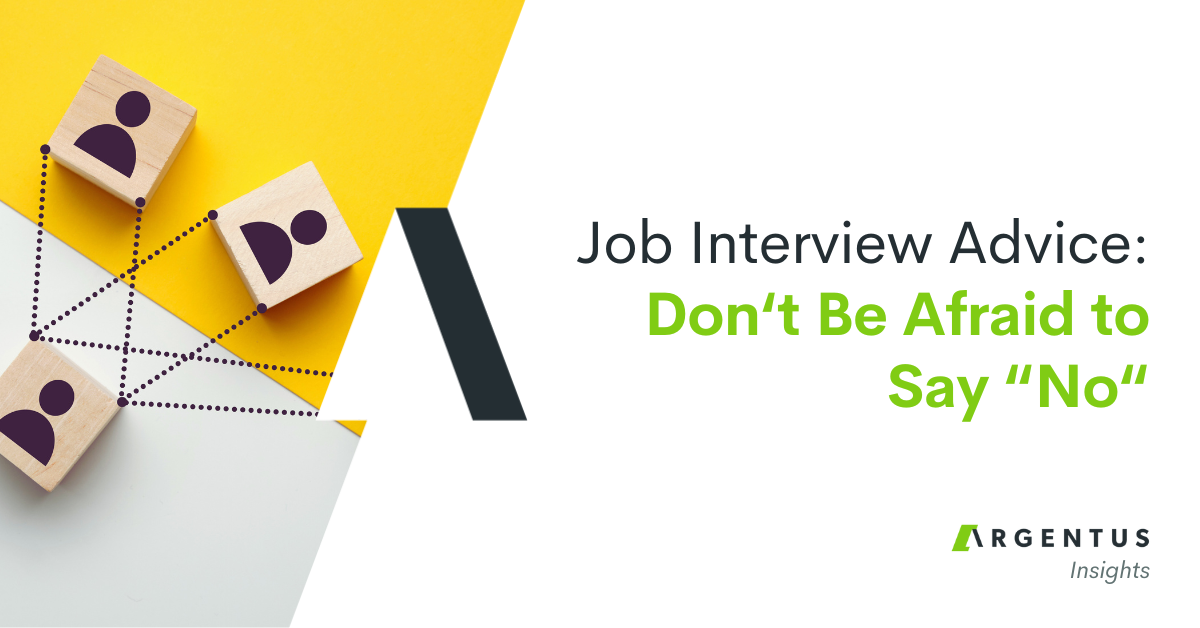Guest contribution by Jill Button. Jill is a Strategic Sourcing executive with almost three decades of experience in Supply Chain and Strategic Sourcing and has worked for global and national organizations in hi-tech, telecom, banking, financial services and consulting. She is President & CEO of ProcurePro, a boutique procurement and project management consulting firm.
I’m often asked; “what is Strategic Sourcing and how is it different from Procurement and Purchasing? Where does it fit into the supply chain? What’s so strategic about it? It sounds so complicated and unnecessary. Why should I even care?”
What is Supply Chain?
Okay, I’m going to ask for your indulgence for a minute please before we get to the Why. I know you didn’t ask but to better understand Strategic Sourcing, lets first start with what is Supply Chain? Strategic Sourcing, Procurement and Purchasing are merely steps in the Supply Chain. Supply Chain, put simply by my definition, is the process of moving goods and services from the point of origin to the end consumer. The steps in between refer to the links in the chain from product design, source, manufacture to deliver. This is a simplistic description and much more complex but for the purpose of this article, we will leave it there.
What is Strategic Sourcing?
From the above description then we can surmise Strategic Sourcing is part of the Supply Chain however, not yet what it is? Strategic Sourcing is identifying and managing proactively what a company or consumer needs, anticipating or planning for the needs or requirements and optimizing the way to source in a strategic way through category management. The goal is to source the best solution, ensure and mitigate supply risk while saving money. Strategic Sourcing may include; forecasting requirements, analyzing historical purchases, researching the market to determine sources or suppliers to satisfy those requirements and developing a sourcing strategy on how you will acquire the goods or services. Its is the PROACTIVE approach that differentiates it from Procurement.
Procurement is simply executing on that strategy and may include; running a competitive bid (Request for Proposal (RFP), Quote, Bid etc), negotiating a contract with the supplier and finally managing that supplier, also known as Supplier Management or Supplier Governance to ensure the Supplier continues to deliver as promised and contracted. It’s a cycle and is continuous for as long as the requirements remain. More on Supplier Governance in a later article.
So what about Purchasing, what is that? The transactional aspect of buying or purchasing and generally is associated with the creation of a purchase order (PO). The profession of supply chain has evolved substantially over the last twenty years in terms of sophistication and value that a real Procurement or Supply Chain professional can provide. What began with purchasing or the transaction of creating a PO has evolved to Strategic Sourcing and Category Management. Okay, so what the heck is Category Management, more definitions? I promise I am getting to the Why. Part of Strategic Sourcing, simplistically defined, Category Management is the proactive management of a group of goods or services that are similar to each other, grouped together into a category such as IT, Marketing, Logistics etc. Again, more to come on category management in a later article.
There are other more complicated definitions, however, this is how I define them based upon my almost three decades of experience rolling up my sleeves and doing. My knowledge comes from hands on, practical experience, being in the trenches figuring out what works and what doesn’t and just doing the deals and learning from those experiences. See illustration below for 8 Step Strategic Sourcing Methodology.
Why Should the CXO Care?
Finally! Okay, so now you know what Supply Chain is, how Strategic Sourcing and the other steps fit in but WHO CARES?! It all sounds so complicated and unnecessary right? WRONG! Too often I’ve seen hard earned money, company money, wasted by short circuiting the process or simply buying in reaction to an immediate requirement tactically. As a good CXO you are responsible for your company performance and that includes optimizing your expenses to improve EBITDA and return on shareholder value. Even if you competitively bid each big buy, you are still leaving money on the table. You need to think about and build strategic, long term relationships where you proactively review your requirements, consolidate your volumes over longer periods (often three plus years), creating longer contracts with fewer suppliers creating primary supplier relationships. This dramatically improves pricing, mitigates supply shortages and creates a stronger more trusting and mutually beneficial supplier relationship. Suppliers spend huge sums of money chasing competitive bids and tactical transactions. They will be more incented to give you better pricing if they can look forward to longer contracts instead of chasing tactical bids. This allows them and you to focus on the relationship kept honest by good governance.
We hope you enjoyed this guest contribution! Jill can be reached at 416-505-8698 or jill.button@procureco.ca.




0 Comments